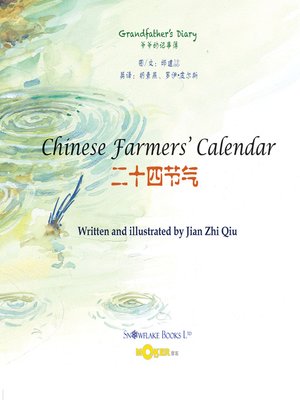
Sign up to save your library
With an OverDrive account, you can save your favorite libraries for at-a-glance information about availability. Find out more about OverDrive accounts.
Find this title in Libby, the library reading app by OverDrive.



Search for a digital library with this title
Title found at these libraries:
| Library Name | Distance |
|---|---|
| Loading... |
The Twenty-four Terms are an important part of Chinese cultural heritage. These terms have been applied widely in various situations, though the applications may be different according to geographical differences. Taking Taiwan as an example, rice would be harvested at Summer Solstice in the south, but wouldn't be harvested till Great Heat in the north.In the past, people prayed for good harvests, worshipped the sky for rain and followed the recorded knowledge of terms and the passed-on experience to grow crops and to go fishing at the right times. This traditional attitude by which people followed and respected nature is what modern people lack.This story starts with a boy who opens his grandfather's notebook and begins to read the records of the twenty-four terms as they were used in the agriculture of south Taiwan. As he reads, happy memories of his grandfather come to the boy's mind and these are sympathetically illustrated by Jian Zhi. The scenery and the changing seasons are depictedwith natural and vivid lines and colours; the pictures evoke the mood of family love in the intertwined lives of the hard-working grandfather and the boy.The story ends with the coming of a new spring to express the knowledge being passed on to the new generation and to symbolise the traditionally harmonious life between people and nature; it is a reminder to modern people to live with nature or nature will fight back ith disastrous effect.







